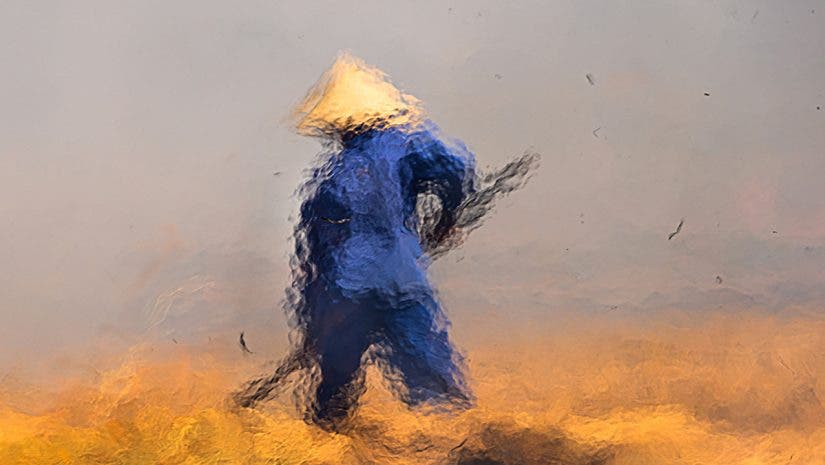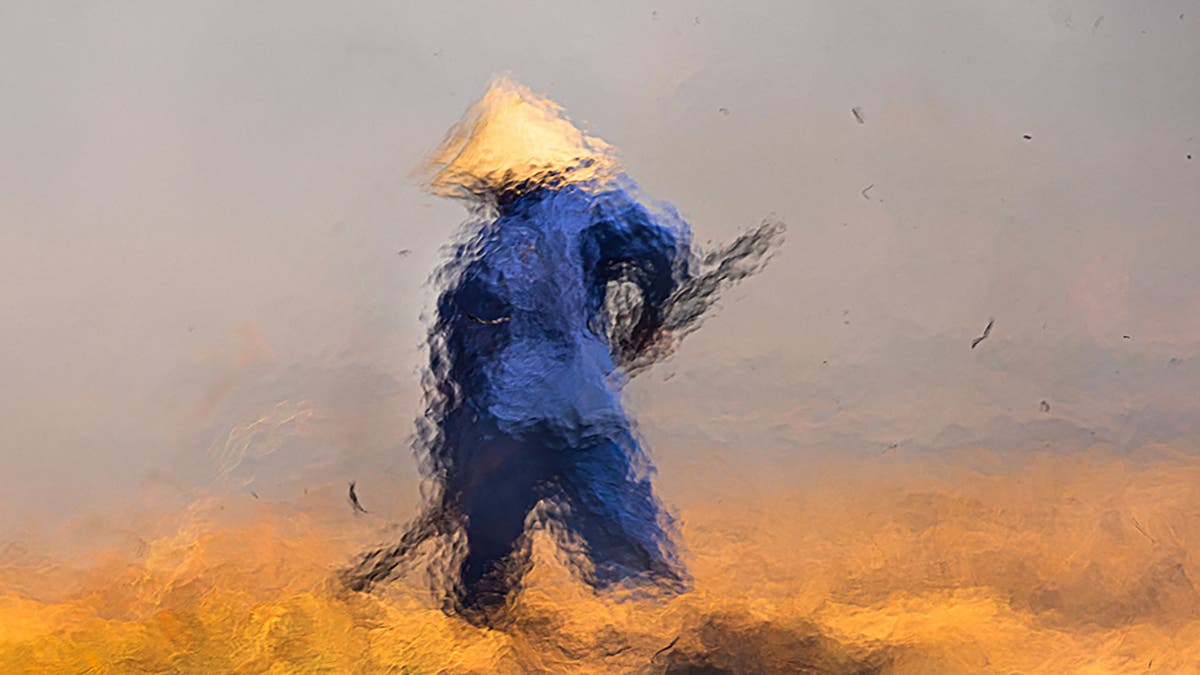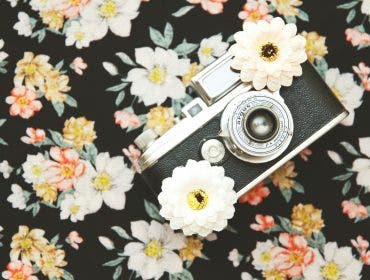Becoming an artist is about the journey, not the destination, and few prove this better than Réhahn. The French photographer, known for his creative and artistic imagery, sees his craft as ever-evolving and primarily inspired by the artists before him.
“Artists often get typecast into a specific style, whether it’s abstract expressionism, realism, documentary photography, or something else,” he says. “While it might be easier to market a consistent style, it doesn’t always capture the true spirit of art, which is all about reinvention.”
His new book, Impressionism: From Photography To Painting, is a testament to this. It follows his curiosities through the Impressionist and Post-Impressionist movements and artists like Monet and Van Gogh, who’ve long motivated him. It also includes his Impressionist-inspired work, including photographs created using inventive techniques, such as capturing a scene through fire.
“I’m always encouraging people to remember that artists can evolve, change their style, and explore different subjects simply because their interests shift over time,” he says. In this article, Réhahn shares more about his photography background and his views on the craft.

Entering the art world
Réhahn grew up in Normandy, France, and that history-steeped backdrop set his artistic interests in motion. “My love for the arts started at a young age,” he says. “I spent many holidays in Honfleur—the place where the Impressionist movement was born with Monet and Boudin. I had the unique experience of standing in the same spots where these painters once experimented with painting en plein air.”
His fascination with the art world led to another lifelong love: travel. “As a teenager, sparked by a passion for art and literature, I began collecting ancient books by French authors like Victor Hugo and books about artists like Nadar and Van Gogh,” he says. “These treasures inspired me to travel to understand both myself and the world around me. I didn’t realize when I first started my collection that these early acquisitions would help form my artistic philosophies and style much later in my life.”
Réhahn eventually found his way into photography in his twenties and quickly became enamored with the ins and outs of the art form, particularly the nuts and bolts of how cameras work in the first place. “As someone who was naturally drawn to figuring things out, whether it was coding, technology, or any complex system, the inner workings of a camera intrigued me,” says Réhahn, who now uses a Canon R5 to bring his artistic visions to life. “I began traveling with my camera to document my journeys, but it quickly evolved into a deeper pursuit.”
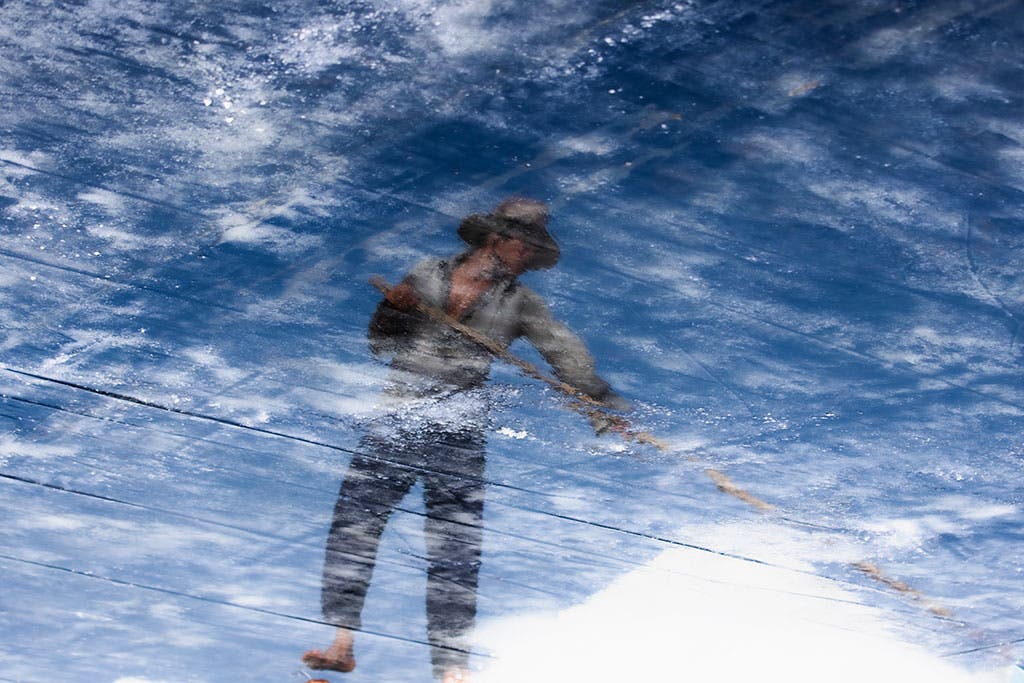
Images with emotion
This deeper artistic pursuit involves conveying the soul of a subject through photography. It’s a priority you’ll see throughout his work, and he shared tips for those who’d like more emotion in their portraits, too: “First, take the time to connect with your subject—whether it’s a person, a landscape, or just a concept,” he says. “Understanding the essence of what you’re capturing will help you convey that feeling in your image.”
Also, don’t rush it. “Emotions need trust,” he continues. “Allow yourself the space to observe and wait for an authentic moment when your subject is at ease. In terms of lifestyle and landscape, emotion comes from the light and shadows. That takes practice and patience as well.”
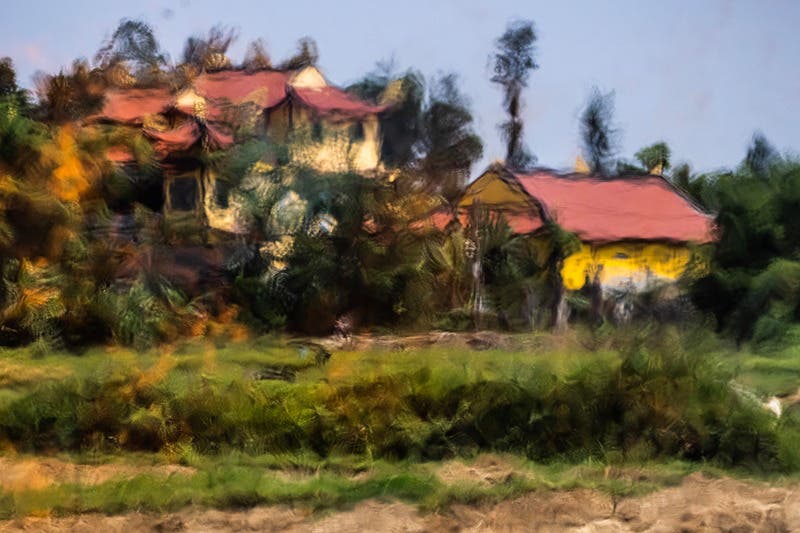
And be patient, not just with your subject, but with yourself and the craft as a whole. “Be ready to shoot hundreds, even thousands, of images to understand how different times of day, seasons, and angles,” he says. “Don’t just see the mountain or field in front of you; try to see all the subtle changes in colors, darks, lights, and reflections, then focus on capturing those instead.”
Réhahn’s work is proof that patience and spending plenty of time with your subjects can pay off. After traveling the world, he eventually settled in Vietnam, where he worked on a decade-long portrait project called Precious Heritage. The goal: photograph all 54 ethnic groups in Vietnam. This collection opened his eyes to new ways of creating. “I started to see clear parallels between the artistic philosophies of the Impressionists and the way I wanted to portray the world in my own work.”
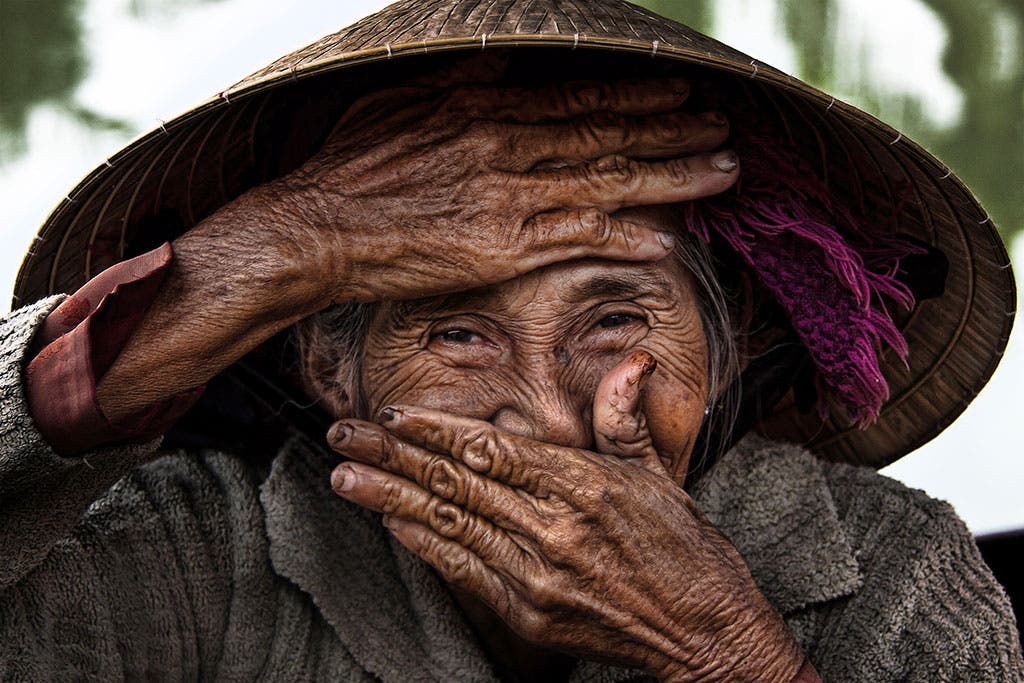
Blending Impressionism and photography
Réhahn’s art proves that studying one creative modality, such as painting, can help you improve in another field, like photography. “Art forms, at their core, speak the same language—composition, color, emotion, and light,” he says. “When you study painting, you learn to see the world through shapes, tones, and contrasts. That perspective is invaluable in photography; it helps you compose your shots thoughtfully, understand the nuances of natural light, and ultimately create images that resonate on a deeper emotional level.”
These days, his creations, like many of those featured in his new book, came about through intense planning and research, as well as embracing spontaneity. “Sometimes I have a concept in mind—a specific emotion or scene inspired by Impressionist ideals—and I set out to capture it. Other times, I simply immerse myself in an environment and let the natural interplay of light, color, and movement guide me,” he says.
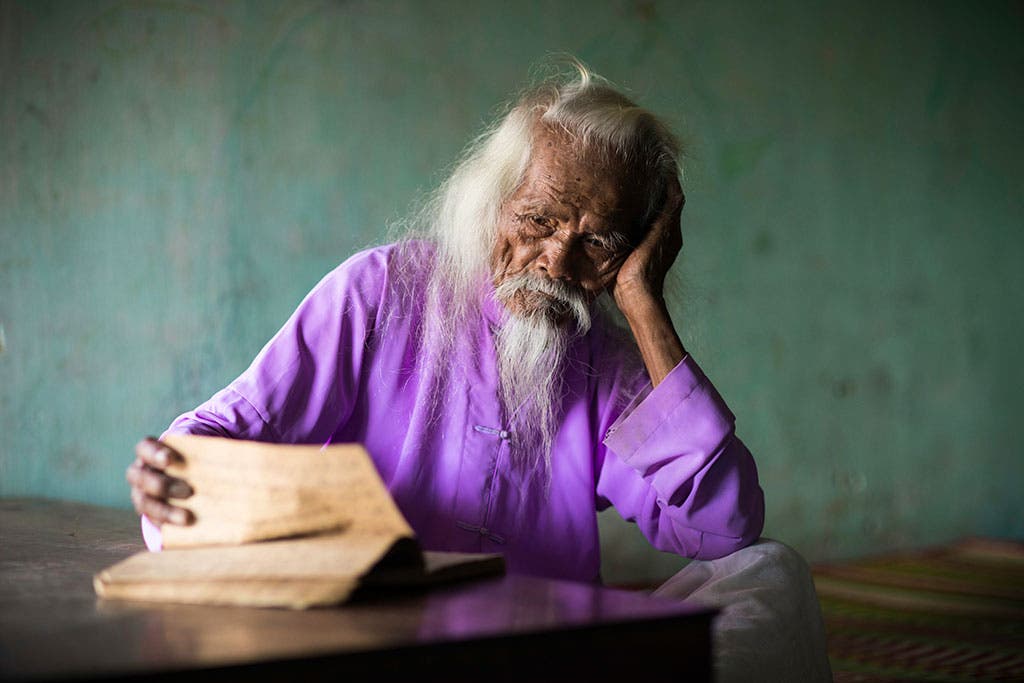
Studying art and traveling the world have shaped Réhahn’s art immensely. They’ve also opened him up to new projects, like his book, Impressionism: From Photography To Painting, which took years upon years of research.
On his website, he describes this book as “a journey through the soul of a photographer.” And it’s more than an exploration of the Impressionist movement’s history. “I wanted to show how these 19th-century philosophies can still resonate in the 21st century,” he says.
The Beauty of Everyday
He wants the book to help creatives think beyond their self-imposed boundaries. “Ultimately, my hope is that readers will be encouraged to discover their own way of seeing the world—finding beauty in everyday moments, embracing imperfections, sometimes ignoring the critics, and celebrating the art of impermanence,” he says, noting the project also provides inspiration through lesser-known artist stories. “I uncovered incredible stories about these artists—the battles they fought with critics and even other artists just to get their work out there.”
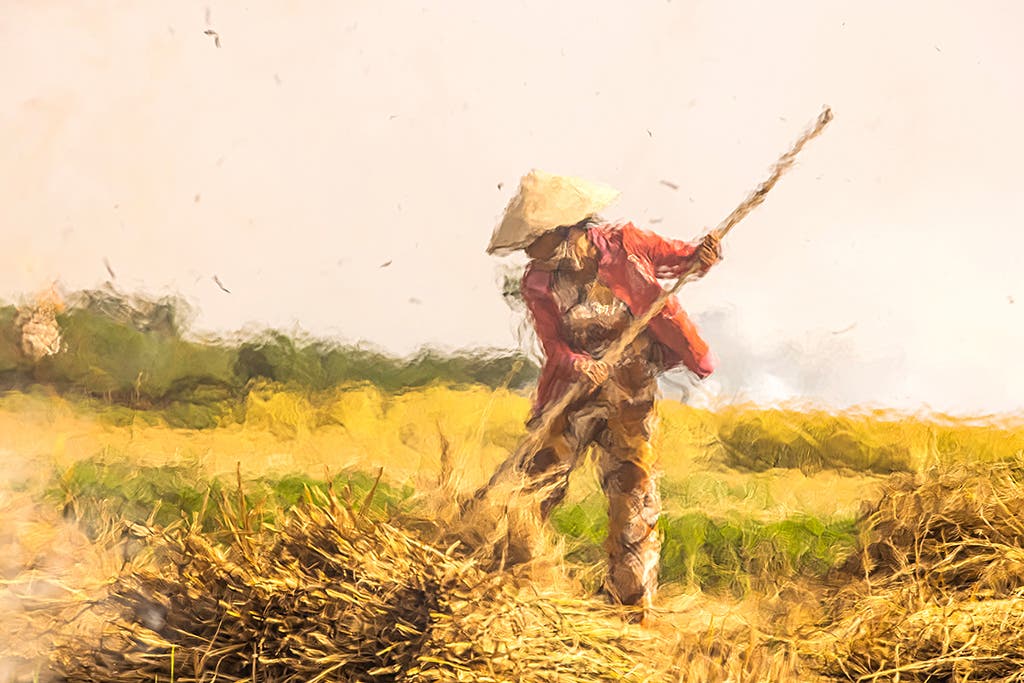
These tales, which feel just as relatable today as they did centuries ago, provide a permission slip to ditch the norms and pursue an artistic life and career that’s true to you. “Artists have the freedom to set their own rules and experiment without limits,” Réhahn says. “It’s not about mimicking what others have done; it’s about discovering what truly inspires you.”
On his website, you can learn more about Réhahn’s new book, Impressionism: From Photography to Painting. Find more inspiration about navigating the world of photography in our interview with National Geographic photo editor Uliana Bazar.
